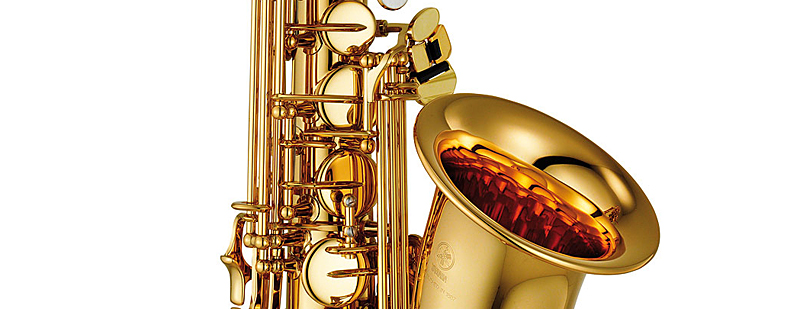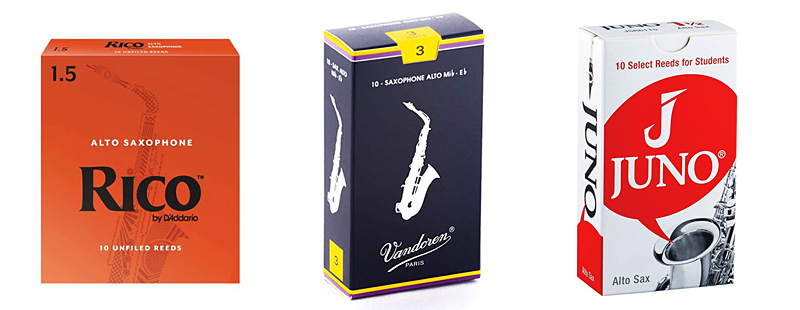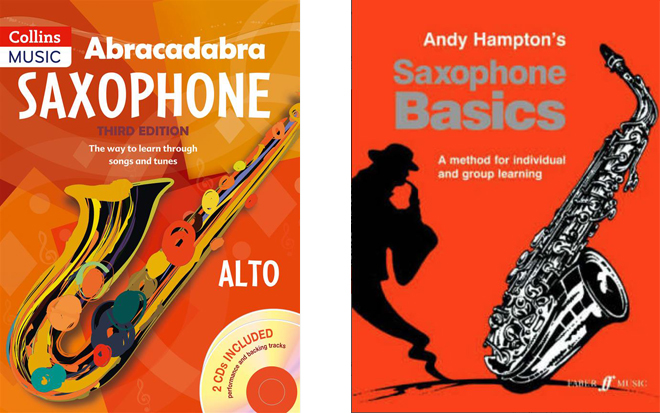Your First Saxophone Steps
Are you interested in learning Saxophone but not sure where to start? Here is a quick guide to help make all the right choices.
Picking the instrument
New or second hand?
There are wonderful second hand Saxophones out there; some have been forgotten about in attics or gathering dust under a bed. If you have already found or inherited an instrument, take it down to a saxophone repairer; they will be able to check the playing condition. It could be you’ve inherited a very good sax, though sadly this can often not be the case. We regularly see poor quality instruments brought into our London Showrooms for assessment. Frequently the cost of repair exceeds the amount paid for the instrument, without the guarantee it would ever play well. Whether reconditioned or new, it is nice to have the reassurance that the workings of saxophone will not cause you difficulty and you can trust that you will be able to produce the best sound you possibly can.
If you can, I would always recommend buying a new instrument. Saxophone manufacturer’s mindsets have changed over the years to create entry level instruments designed to be easier to play for beginners as well as (but not solely focused on) working within a budget. You no longer run the risk of sacrificing the sound, intonation and/or quality of manufacturing.
Two beginner models of saxophone I would recommend, specifically designed to help begin your musical journey, are the Yamaha YAS 280 and the Trevor James Classic II. These instruments play with a less resistance and produce a more instantly rewarding sound. From play-testing quite a few of these horns, they stand out as more reliable and of a higher quality build. Both of these instruments come with a sturdy back-pack case, neck strap, decent mouthpiece, ligature, cap and cleaning materials.

For those a bit younger, who may struggle with a fully weighted sax, there are alternatives. The Trevor James Alpha Sax whilst looking very similar to the standard alto saxophone , it has less key work, making it lighter for a smaller player whilst still producing the same sound.
Accessories
Picking a reed.
The number on the reeds indicates the ‘resistance’, or how hard it will be to play. Keep it simple – a 1 ½ strength reed is ideal to start on. Rico Orange Box and Vandoren Traditional Blue Box have always been a student’s go-to. (It often comes down to teacher recommendation and preference with this.)

You may find that assembling the saxophone and taking care of the reeds can be a bit haphazard or tricky for beginners, so reeds can get scuffed and rendered unplayable fairly quickly. For younger beginners, I’d recommend the Vandoren JUNO reeds- they are cheaper and good quality.
Which Books?
Two ‘note-by-note’ beginner books great for learning with are ‘Abracadabra’ by Jonathan Rutland or Andy Hampton’s ‘Saxophone Basics’. Both these books have fingering charts, a step-by-step process of learning music and theory and CD’s to help you along in addition to backing accompaniment. I find the ‘Saxophone Basics’ book a little less condescending for adult learners but both essentially do the same job.

N.B Books and Youtube are great for guidance and inspiration but nothing replaces a good teacher!
Extras
Having a music stand will stop you having to perch your music precariously off things and ensure that you are developing good posture whilst playing.
A sax stand comes with the benefit of being able to just pick up and play when the inspiration comes to you, but there is the hazard of the instrument being knocked and also not being cleaned after playing! If you do buy a saxophone stand, I would recommend something sturdy like those from Hercules or K&M. Put the cap on your mouthpiece and make sure you have a regular routine of pulling a cloth swab through the instrument to remove moisture that builds up and makes the pads sticky over time. There’s nothing worse than playing a tune and your G#’s become G’s as the pad is stuck down!
Hope this provides some useful guidance for all of you out there.
Tom Kleyn, Saxophone Specialist – Howarth of London